We’ve previously featured posts from the downright lovely Lucy S before, and today she’s talking us through her experiences of birth mapping. For all you mamas-to-be it’s a must-read.
I’ve always liked maps. I like to trace the routes and contour lines, looking for rivers and landmarks. I linger on pages I know, and places I would love to go. A-Level Geography, an MA thesis focused on the placement of ancient tombs in the Tuscan landscape, a job in travel: I suppose it was inevitable that I would turn to a map when a plan failed me, right when I needed it most.
In my first pregnancy, I excitedly filled out the NHS birth plan form. I diligently printed it, I stuffed it full of all my dreams for how my labour was going to go and I stuck it on the front of my notes, so it was unmissable. Our baby would arrive in our local birth centre, preferably in the warm water of the huge birth pool, gathered joyfully into my arms, my husband telling me if we had a daughter or a son. None of that happened. My waters began to trickle at 37+2, but my body resolutely refused to go into labour. The medical staff were firm: my birth plan wasn’t going to happen. The pessary induction failed, and failed in style. After 48 hours of hypercontractions in response to it. I was done. I’d lost out on my water birth already, so I signed up for the epidural I’d said I didn’t want. It went badly wrong, although I’d find that out later. At 9cm dilated, it wore off again, then was whacked up so high I could barely push. The forceps came out. The scalpel flashed.
And finally, finally, some vestige of the plan came together at the last minute. My husband told me our little girl was here. She was placed on my stomach. He cut her cord. She latched on while the stitches went in. We salvaged something precious out of the dregs of our plan, and I’m thankful for that. If you don’t ask, you don’t get. The only good memories from her birth are thanks to the plan- if we’d just gone with the flow, as so many people told me to, then we’d have lost that. Those moments kept me going through the following days, when the damage done became clear.
But oh, the grief. Why had my stupid body done that? Why didn’t it go to plan? Why didn’t it work? I was angry, and sad, and frightened. When I fell pregnant again, I had nightmares about it all happening in exactly the same way, the inevitable unfolding of events. How could I deal with this fear, and how could I plan for my second birth when I knew two painful truths: that plans often don’t work out, but that they are also the safeguard that can protect what you hold most precious.
I turned to the maps.
When you start thinking about a journey, or you start on a long drive, you have an idea of what route you want to take, and how you’d like to get there. I might want to head east and north to my parents’ place, heading onto the A303. But maybe there’s a diversion- an accident. Roadworks. Cows on the road. Should I take the M5 instead? Maybe the bloody M3 is closed again (can you tell that’s happened for real?) Maybe before I even get in the car there’s an issue: I know I can take a train, or call for roadside assistance. All these variations on the journey, all these different plans and routes, mapped out alongside one another, but the destination is the same.
Back to birth. My destination? The same as yours, if you’re pregnant, what we all hope for: a safe delivery into parenthood, for everyone involved.
So how about the route? How can you map out the different ways to get to your destination? For me, there were three key parts making up this “birth map”: Yes, No, and If.
Birth Mapping: The Yes Route
The Yes route was made up of essentials, like my husband as my birth partner, but also contained much of the ideals from my first birth plan. It flagged up that I was using hypnobirthing techniques. It stated that I was happy to have the injection to help me deliver the placenta and that baby should have the Vitamin K jab. It told anyone reading it clearly that I wanted skin to skin, my husband to cut the cord, and first breastfeed as soon as possible.
Birth Mapping: The No Route
The No route was composed of my fears, what I knew I did not want, and why. I did not want anyone visibly watching the clock. I knew I did not want another pessary induction, or another epidural. I did not want a coached second stage, to have people in my face shouting at me. I added in why I did not want these things- why these roads were closed to me. Previous dural puncture. Previous trauma. Using the terms, letting the team know why I was writing these options out.
Birth Mapping: The If Routes
The If roads wove between these two major routes. If the pool was unavailable, I was happy to labour on land but wanted to stay active. If I needed an epidural, changed my mind and asked for one, or needed a section, I wanted the senior anaesthetist available thanks to my history of damage to the spinal cord. If I needed an induction, I would go straight to the drip and skip the pessary. If I haemorrhaged or needed stitching in theatre, my husband was to stay with the baby. If the baby was unwell, he was to go with the baby to neonatal. In many ways, this was the most important section in my preparation for birth. It helped me discover all the different options and envision all the different scenarios, talk them through with my husband and decide what we wanted to do.
On my map, I had the route I wanted to take, the route I wanted to avoid, and the winding lanes between and across them, the diversions across unknown country. I let go of my fear: I felt prepared, and I felt in control no matter what happened. If my labour didn’t start again and I needed another induction, it was ok- like taking the train instead of the car, I knew how I would manage. It all fitted onto one page of A4, laid out like a spider diagram. A green bubble for yes, a red bubble for no, and colour codes for the “IF” routes weaving around them. Geography, we can’t stop colouring in.
Your route might be different. You might know that your YES is a planned section- but what other YESs do you want- can you have music? Can you choose timings? Who do you want with you? What about your Nos? You might know you don’t want to breastfeed, and you certainly don’t want to be discussing your decision in the hazy exhaustion of having just given birth. You don’t want certain words used as they are triggering for you? I suspect a lot of us might say NO to the Bounty reps. What about your Ifs? What do you want to happen if there’s a bump in the road? Do you know what the possible issues might be, and how you’ll work around them?
Of course, as I’ve written about for RMF, a certain young man had his own ideas entirely about the way we were going to reach our destination. I could say that the map was as useless as the plan. But making it, tracing the contours of labour onto my own page, translating past fears into practical decisions, gave me the freedom to “go with the flow.” The map just showed me the different channels and routes that I wanted to flow along.
Have you heard of or used birth mapping? As always, we would love to hear your stories.

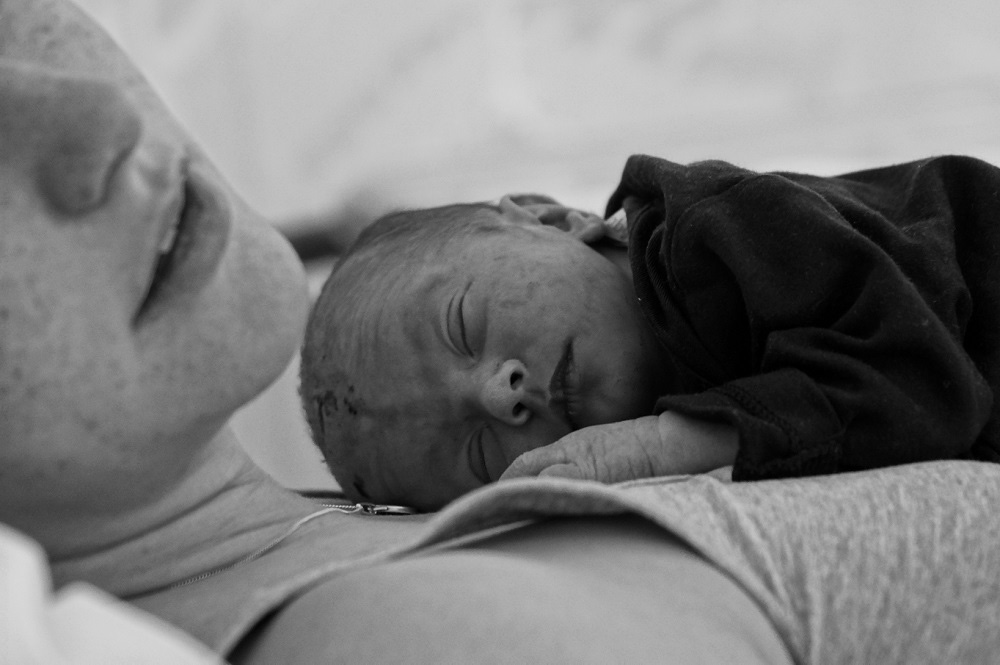

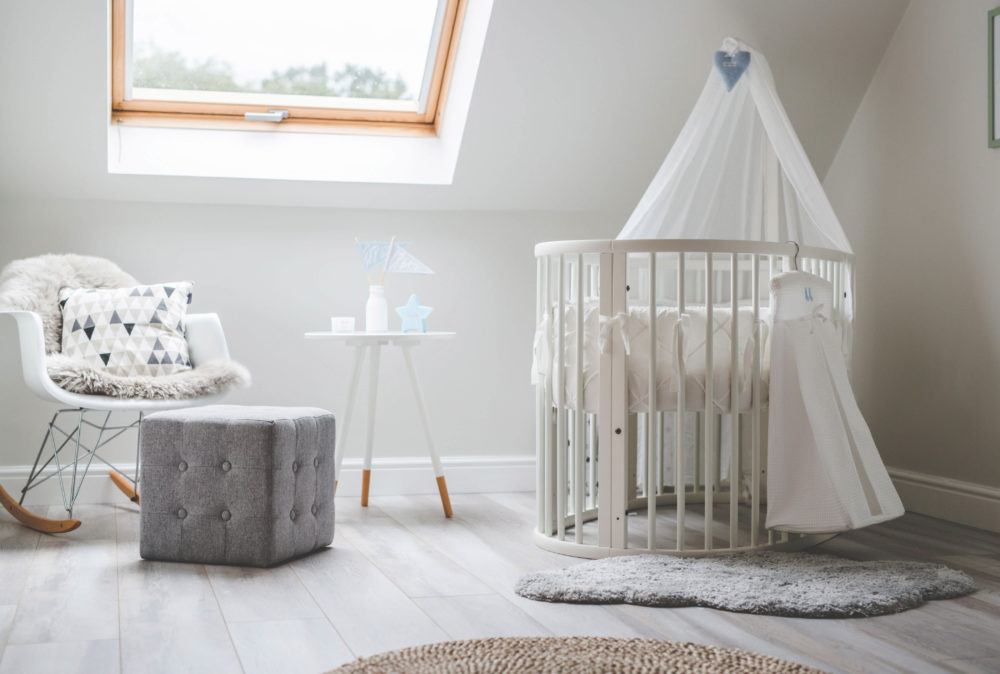
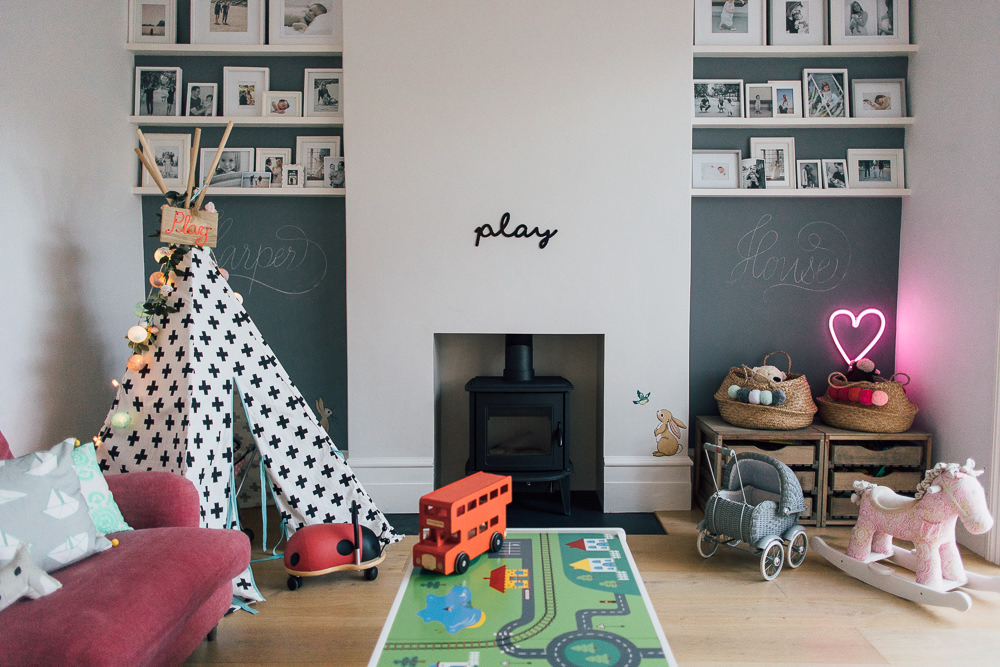
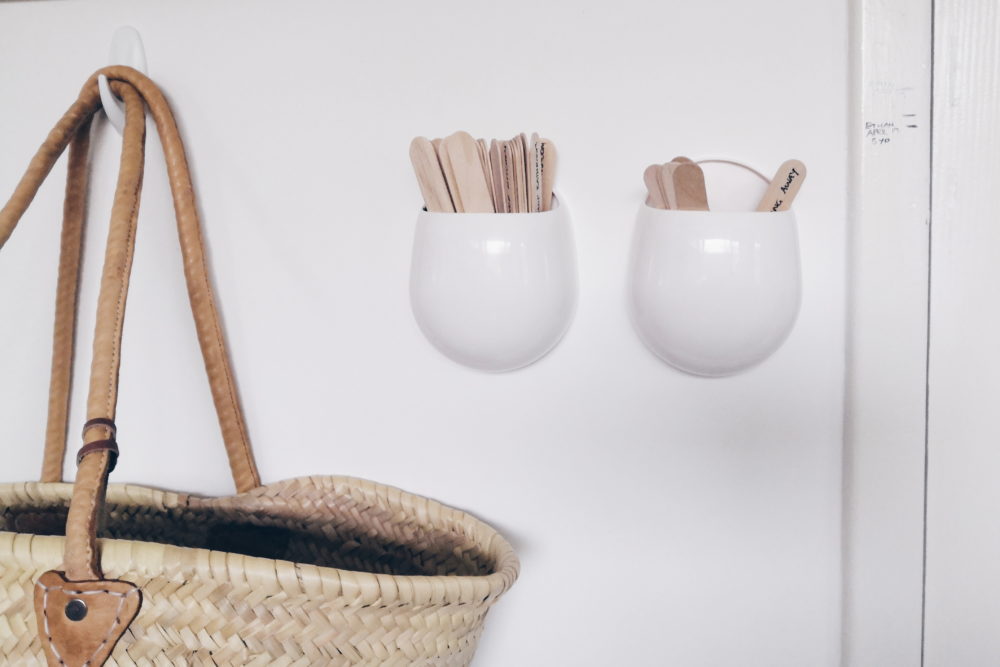



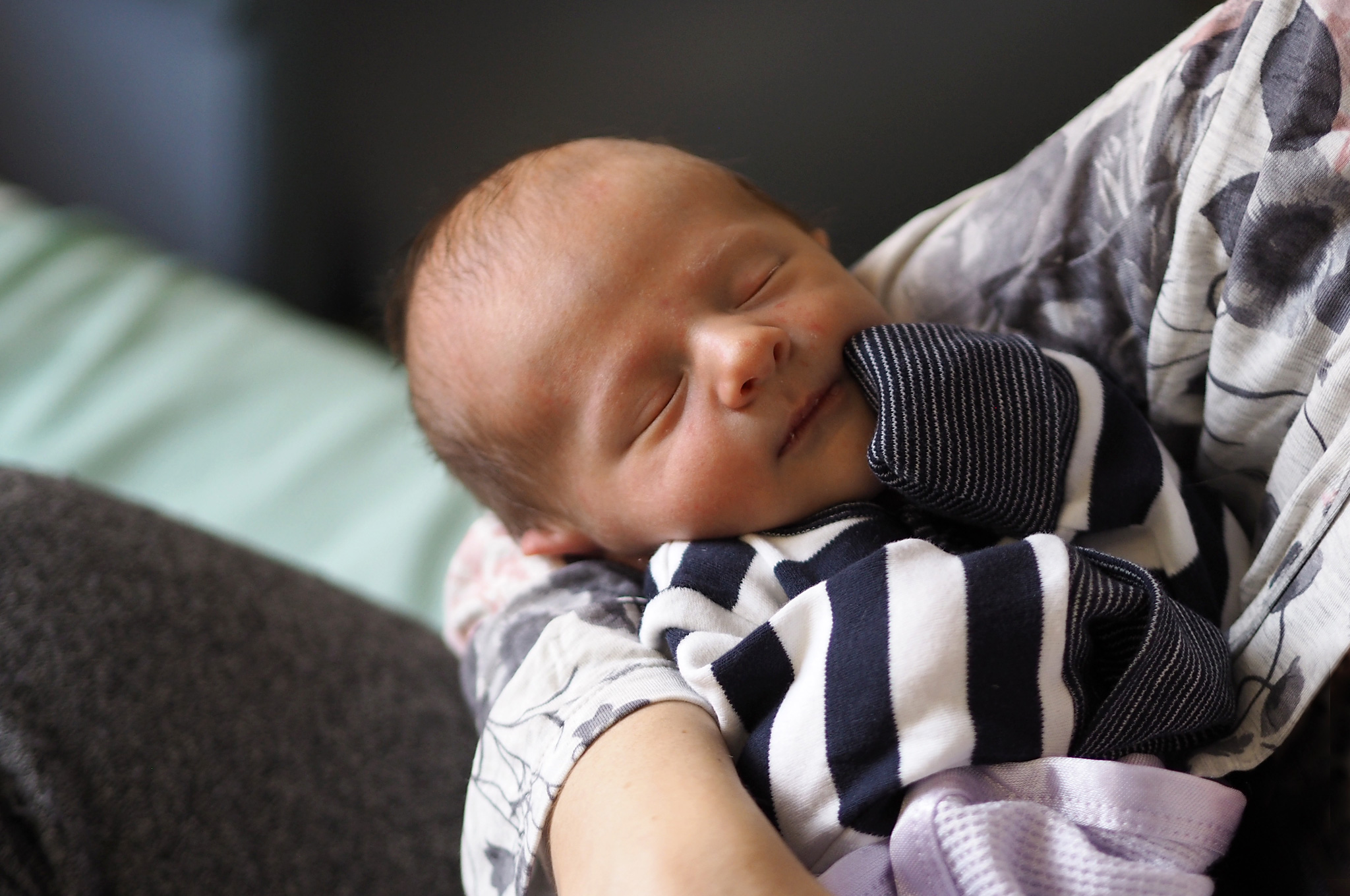
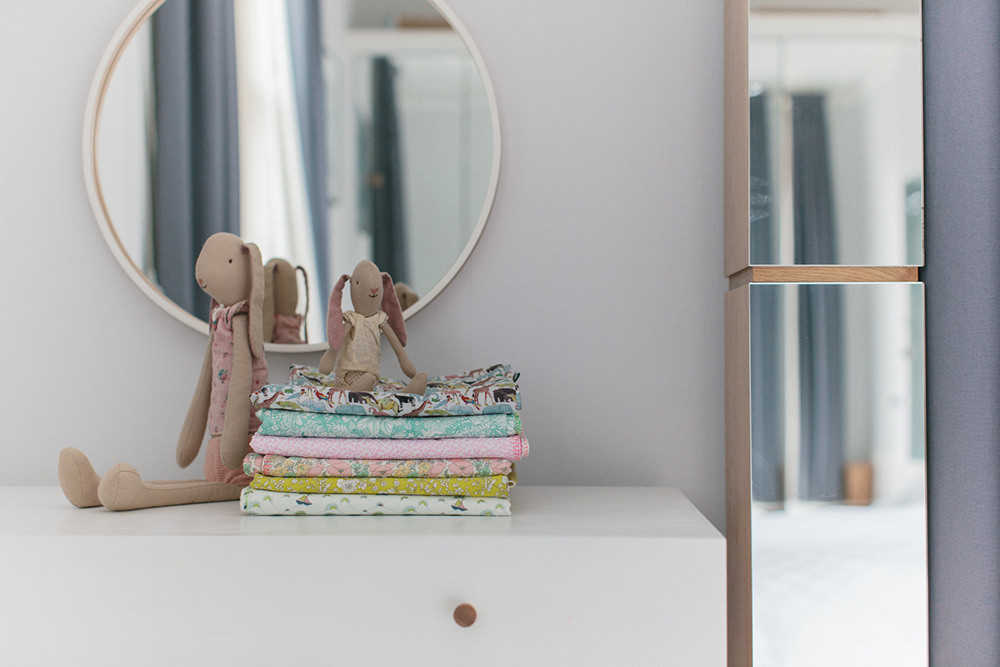

Thanks for this post. My 1st experience seems very similar to yours. I was induced and it didn’t work straight away. However, when it did finally work 3 days later, the labour ward was full and I couldn’t get through for the drip. Hence another days wait. Here I broke down crying and they eventually let me through. 3 days and nights in an induction ward is horrific! You get no sleep and then you’re expected to give birth!
Like you I had a birth plan all carefully laid out. I was going to use the midwife unit with birthing pools and the Tens machine. My plan couldn’t have been any further from the actual experience! I ended up with 2 epidurals, forceps and stitches. I had no preparation for this type of birth. I didn’t even know induction existed at 38weeks. When my son was moved to the neo natal unit, I didn’t know that meant intensive care either. It was all a blurry haze!
This time round I’ve left the birth plan page blank. I felt like ‘what was the point!’ It’s a fantasy! It doesn’t happen the way you want so don’t waste your time.
After reading your post, I’m now going to fill in my birth plan. It will probably be more detailed than the last time as now I’ll cover every eventuality that could possibly happen. I’m even going to pack an extra hospital bag. I was in for 1 week and had to send my husband home for more clothes and supplies. What I ended up with 🙈
I felt the antenatal classes really let me down. We had 3 lessons and they were all focused on breastfeeding. Nothing was said about labour! I’d already decided that I was going to breastfeed. I was so underprepared for a different type of birth.
This time, I feel fully prepared. Fingers crossed it’s straight forward and I have one of those super quick second labours.
Oh Gem, I’ve got a huge amount out of my antenatal classes but feel we’ve only just scratched the surface of the newborn stage. We’ve done loads on labour but I’m really daunted by those first six weeks and beyond. I suppose there’s only so much they can fill in the course but it’s hard when there’s so much to learn.
Best of luck with your second birth x
Lauren just to say I felt the same with my first baby and we went to a one-off class with Lazy Daisy (they are nationwide) which was about caring for the baby once they arrive, it was non-judgemental and covered different options for things. I think MummyNatal do a similar thing so look them up in your area. It definitely helped us to feel a bit more prepared for caring for a newborn but as well you really do just learn on the job and your instincts kick in! You’ll be fine 😊 x
Thanks Sarah, Will definitely take a look x
Lauren, if you haven’t got it already I can highly recommend this book ‘Your baby week by week’. It breaks everything down (week by week) and tells you what to expect, for that time frame, from feeding to the colour of their poo’s. It became like my bible with our first and I used it as a refresher with my second.
You can only ever be so prepared, so try not to worry. Btw everyone wings it 😉
xx
Yes, second that recommendation. And I’ve bought it for so many of my friends since. It really is a wonderful resource.
Gemma I’m so sorry to hear this was your birth experience too. I absolutely agree with you about the induction ward- I was in pieces with exhaustion after two nights there and there was no way I was in a good space for labour.
It means a lot and I’m so pleased that you are going to give mapping your options out a go. I really found it helped me and I hope so much that things are much more straightforward for you, and that you can feel more prepared and in control. Xxx
Thanks for this Lucy, as you know it’s great timing for me.
My midwife told me to fill in the NHS birth plan document and I was a bit surprised when I took a look. It seems very stringent and not in the language I would choose to use.
Instead I’m using a hypnobirthing birth preferences template crossed with your birth map and it’s made me feel a lot more prepared for the labour. Who knows what direction it’ll take on the day/days but at least I feel in the right mindset! x
You are very welcome Lauren. I found the NHS birth plan problematic in hindsight- maybe it’s an area the great people at the Birth Better project could look into addressing.
I’m so so glad you are feeling like you can explore the options and feel safe and prepared ahead of Bebe Jim’s arrival. Hope you are all doing well xx
I also didn’t bother to fill in the birth plan with my second. I had made a very vague birth plan with my first but nobody had ever talked me through the options and why people might choose different things. As a 19 year old with no knowledge of babies or labour, I researched as well as I could and wrote some things down. None of them happened anyway. Things went so horribly wrong that I didn’t particularly care about it the second time around. I think the one thing I had planned was no epidural but I ended up begging for one anyway! I wish I’d had some sort of session after my first birth where they could talk through what had happened to me so I knew what was going on. I have read that something like this can happen but I wasn’t aware of it at the time. I was sent home with memory loss, no understanding of what had happened and my baby in the neonatal unit. I was still so young and naive that I didn’t even realise I could visit my baby as much as I wanted and was waiting for somebody to tell me when I was allowed. I was back at home without a baby and it felt like I was trapped in a nightmare and none of it had really happened 😔
Jade I am so so sorry that that was your experience, it sounds so traumatic and must have been so hard to process. The lack of communication to you while baby was in neonatal is shocking when you are so vulnerable xxxx
I’m so sorry to hear this Jade. At the hospital where I gave birth the first time around they have a “Birth Reflections” service where you can talk through what happened with a midwife. It may be worth looking into seeing whether there is something similar where you gave birth.
I feel I was so fortunate with my local hospital offer. My husband and I attended a four week hypnobirthing course. Not only was it free and in depth, but all of the midwives at the hospital are trained in hypnobirthing.
Our instructor really encouraged us to write out and discuss with our partners our ‘birth options’ (she specifically said not to use the term plan because things rarely go exactly to plan) including talking about if things didn’t pan out quite the way we wanted them to. I think discussing them as options really helped keep us relaxed about labour and having the options to hand if needed meant my husband could communicate all of my wishes whist I concentrated on giving birth.
Caveat – I can say all of this having had a very straightforward labour!
Iz that is so brilliant to hear- how forward thinking and sensible of your hospital. And what a great midwife. Really glad your birth experience was straightforward. Xxx
I was afraid to talk about plans! It sounds so office! Let-s say that we talked about alternatives! Love your post, helpful!
Really glad you found it helpful Justice xx
What a great idea! My first birth was pretty similar to yours. My waters broke before I went into labour, but about 12 hours later contractions started and I thought I would get my planned birth afterall. We made it to the midwife led unit and the pool was filled up and ready to go. Then it transpired I was bleeding a lot and I got blue lighted to labour ward. The ambulance ride totally stopped my contractions so I ended up on the drip with an epidural that didn’t really work. In the end I had an episiotomy and a very nasty tear. But, despite this being everything I didn’t want I don’t mind. I feel completely fine about it. All the midwives did their best and were lovely throughout. If/when I go again I’ll write a birth map as it seems like such a great way to do it, but I’ll be so much more realistic than last time. Last time I was petrified of labour ward and thought I’d have failed unless I had my water birth. Now I know that’s rubbish, but it is important to have some control whatever happens.
Thanks so much smell I’m really glad this was useful to you and I’m so sorry your first birth experience was so far from what you hoped for. What do you think bridged the gap and made what happened ok for you afterwards? I’m wondering if the brilliant midwives who cared for you might be crucial in that.
I completely agree with you about closing your eyes to other options- I felt like labour ward would be a disaster so when it happened I was already in a state and upset about what was happening. I think looking clear eyed at all the outcomes and preparing myself for any eventuality instead of blocking it out and only preparing for one ideal scenario was key. All the best if you think about round 2! Xx
Stupid phone! Thanks so much Mel, bloody autocorrect. Sorry xx
This sounds like a really good idea, i am pregnant with my 1st baby and need all the advice i can get, i had never thought of a birth plan as a map before. Usually they seem so rigid.
I think it would be really helpful for someone to tell you every eventuality that is likely/common in labour so you can properly map out in your mind for every option and help yourself (especially as a 1st time mum) to be much more prepared when put on the spot.
Please please write more family posts!! 🙂
Laura, are you doing antenatal classes?
When Lucy first sent the post through one of my first questions was how do you know all this stuff and all the options?! I’ve just finished my NCT course and feel so much more clued up on the options and alternatives and feel much more confident about putting mine together.
Hi Laura thanks so much for your kind words and congratulations on your first pregnancy! It’s so exciting and so overwhelming too. I think that Clemmie Hooper’s book is really helpful and honest and explores lots of options like induction etc then I just started googling and exploring medical resources. I started after my first birth as I wanted to understand the physiology of what had happened. It’s really hard to imagine things going wrong but it’s at these times you really need to be able to make decisions I feel- like what your partner does if baby needs to go to neonatal or you need to go to theatre. I think it’s trying not to be afraid of thinking about those scenarios and gaining the knowledge to stay as calm as you can if they do happen.
All the very best to you and bump xxx
This is really useful for me as I start to think about the birth and the decisions I’ll need to make/not make start getting closer (I’m 22 weeks with my first baby).
Could we see an example? It would be good to see what you mean on an actual A4 page (visual learner over here :))
Where have you gone to for hypnobirthing advice/materials Lauren? Its something I haven’t fully looked into yet…
xx
Katie, I’ve uploaded a pic from Lucy’s insta here – http://rockmystyle.co.uk/wp-content/uploads/2018/09/Lucy-birth-map.jpg
James and I are both reading Hollie De Cruz’s new book – https://amzn.to/2Qol5ne. I really like it as it includes real life stories and testimonials which are seem far more realistic than just being able to breathe the baby out. Epidurals, c-sections etc. Am trying to practice the breathing every day but wouldn’t mind someone telling me I’m doing it correctly so we’ve booked on to a couples session with a local hypnobirther to make sure we’re on the right track. She was recommended by one of the lovely ladies from my NCT group but I’d already found her on Facebook so it’s usually a good place to start. x
Perfect, thanks Lauren! Will try that book as a starting point and check out whats on offer locally 🙂
Katie x
Thanks so much for your comment Katie, I tore my house apart looking for the map when I wrote this post and that insta image was all I could find! I hope it’s helpful? As I said above I also think Clemmie Hooper’s book is a good resource. For Hypnobirthing I bought a set of Maggie Howell CDs off Amazon second hand for £5 and they are great- loaded onto my phone via iTunes and listened every night from about 19 weeks or so. Hope that helps, congratulations and all the very best with your pregnancy and birth xxx
I have to say that whilst I wouldn’t change having done NCT classes before my first child was born, I do think they give you a very rose tinted view of what labour and childbirth is going to be like! I, like 99% of other people that go, it would seem, was convinced that I would have as natural a birth as possible and most definitely wouldn’t be having any drugs! As for a c-section, that was the ultimate no-no. And guess what?! I ended up having all the drugs and a c-section!
A birthing map sounds like a good idea, even if just to make you have a proper think about all of the options available and what you definitely do/don’t want to happen. But at the end of the day, things invariably still don’t go to plan!
I hope that doesn’t sound too negative, I’m not meaning for it to be. I just think that it is important to be aware that things don’t always go quite the ideal way that NCT/ante natal classes would like us to think!
I think it must vary as our NCT class in 2015 spent a whole session on c-sections with a mockup of how many people would be in the room, their roles and the different stages. This was really helpful when I ended up having an emergency c-section I was much less panicked about all the people and felt better prepared.
I think it’s such a shame that NCT seems to have become so variable depending on the teacher. My mum was an NCT teacher and was so passionate about helping and supporting her couples to make choices whatever those choices were so they felt knowledgeable and relaxed on the day. It’s such a shame as really the NCT came from fighting a medical culture where all women were given episiotomies as standard and skin to skin was some weird hippy nonsense, and it should really be battling for more information, support and choice for expectant parents.
Also totally agree that plans changed! I for sure didn’t expect for Paddy to be born at home with no midwife! Who knows maybe baby 3 will be a planned section as and when…!
Thanks so much for your thoughtful comments xx
Kiara, we did that too! Such a worthwhile exercise as I never imagined that many people would be in the room.
I really like this idea Lucy and am definitely going to try it this time around.
Thanks so much Sarah, all the best with your pregnancy and hope it’s useful xx
I had an epidural followed by episiotomy, forceps and an eventual third degree tear, resulting in an hour in surgery before I could hold my child. Whilst most of that wasn’t in my birth plan (!) the epidural was and I haven’t had to come to terms with what I’ve been told was a bit of a traumatic birth. I was ok with it. I’ve been mulling over the responses to today’s wonderful post and wondering why and I think it’s all about expectation. I was classed as high risk as I am epileptic and was put under consultant care for my prenatal care and labour. That meant no birthing pool, no midwife led delivery and no pain that would induce heavy breathing and could induce a seizure. As I was told all this early on, I had the chance to envisage the birth I was probably going to have, the room it would be in (it helped on the hospital tour that the birthing suite everyone wanted to see was in use so I couldn’t see the alternative) so I put it out of my mind.
I think what Lucy has said in this post is really valuable, it makes sense to visit the alternatives.
Thanks so much for your lovely comment Josie and I’m so pleased that you felt supported and informed throughout your birth. I think there’s a real need for honesty about all the possibilities and for women to be treated seriously and consulted fully at every stage. Hope you and your little one are doing brilliantly xxx
Oh this makes so much more sense to me than I plan. Love a good map; despite my shocking bearings skills.
Thank you so much Claire, I worried when I wrote this that it sounded a bit woolly so really glad it makes sense. I love a good map, especially old maps- we found a 1930 OS map of Plymouth where my husband is from and I was practically salivating over it! It’s now pride of place in a big frame Xxx
I’m expecting my second baby and, like someone said earlier, I’ve not wanted to think about a birth plan as I was so out of control first time even with it. However, upon reflection, there are always some choices that are yours. However small. Thank you for sharing.
have you read ‘The Birth Map : Boldly going where no birth plan has gone before ‘?